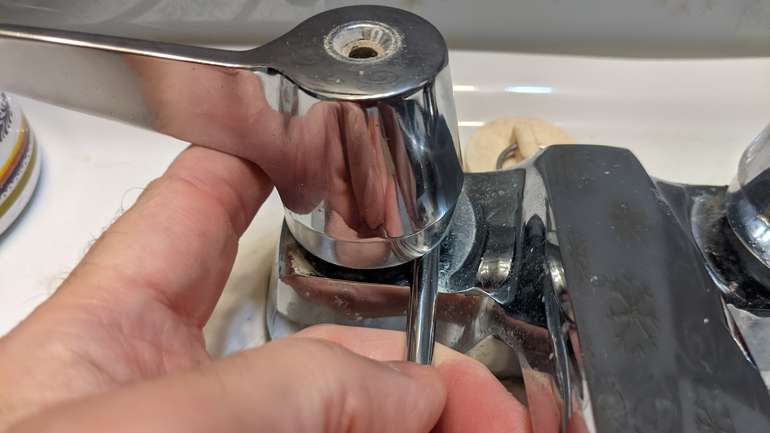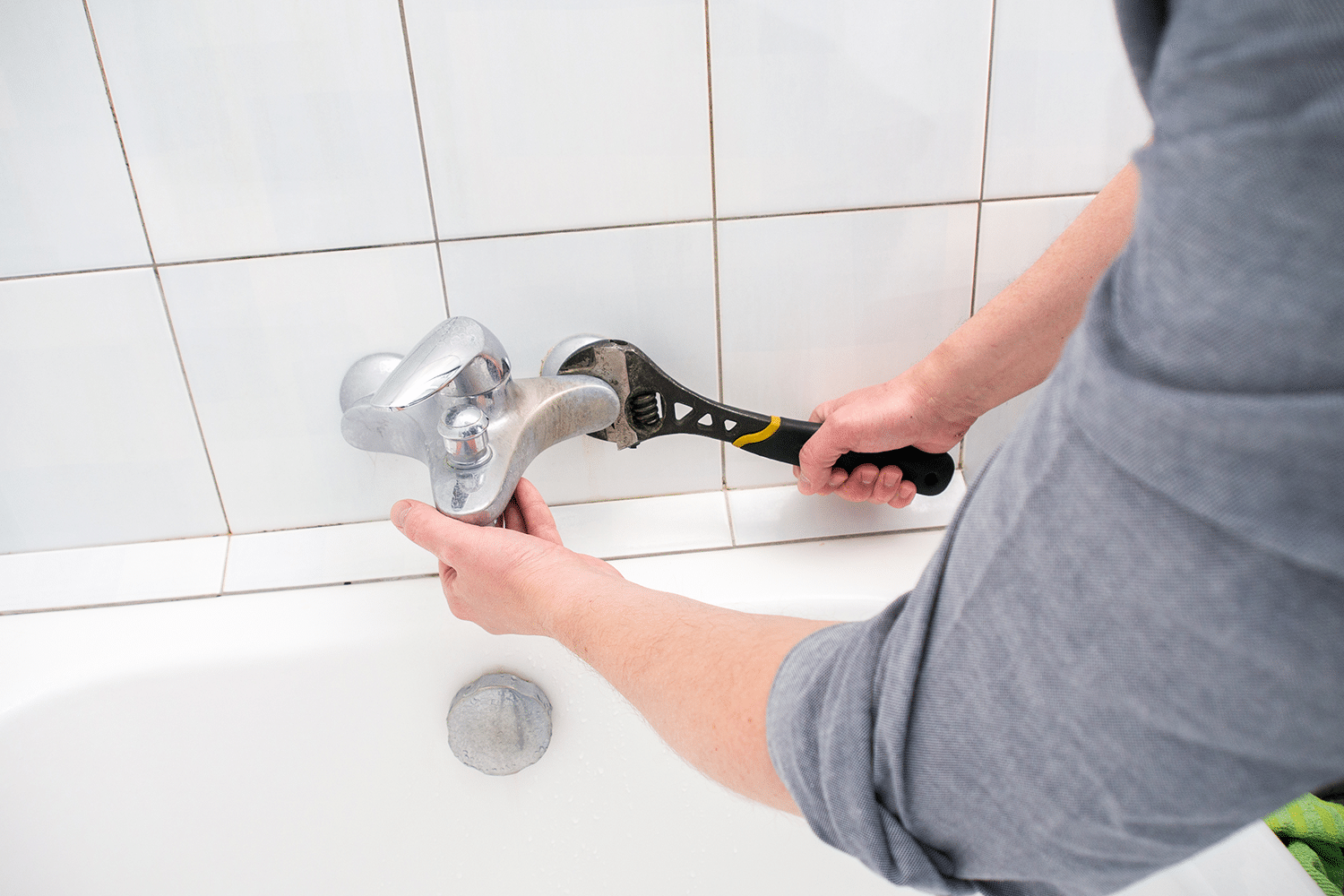Exploring the Relevance of Repairing a Leaking Faucet
Exploring the Relevance of Repairing a Leaking Faucet
Blog Article
On this page below you can find lots of sensible material when it comes to 4 Common Reasons for a Leaky Faucet.

Leaking taps could look like a small trouble, but their influence surpasses just the aggravation of the sound. From wasting water to sustaining unneeded economic costs and health and wellness threats, overlooking a trickling tap can lead to numerous effects. In this article, we'll look into why it's important to address this usual family problem immediately and successfully.
Wastefulness of Water
Environmental Impact
Trickling faucets add significantly to water waste. According to the Environmental Protection Agency (EPA), a solitary tap trickling at one drip per second can lose more than 3,000 gallons of water per year. This not just pressures water sources yet also influences ecosystems and wildlife depending on them.
Financial Costs
Increased Water Expenses
Past the environmental effect, dripping faucets can inflate water bills significantly. The collected wastefulness over time equates right into greater utility expenditures, which might have been stayed clear of with prompt repair services.
Possible Residential Or Commercial Property Damage
Furthermore, long term trickling can lead to harm to fixtures and surfaces bordering the tap. Water build-up can create staining, corrosion, and even structural concerns if left unattended, resulting in added fixing expenses.
Wellness Issues
Mold and Mildew Development
The consistent visibility of moisture from a leaking faucet creates an excellent setting for mold and mold development. These fungi not only jeopardize indoor air quality yet additionally posture health and wellness risks, especially for people with breathing conditions or allergic reactions.
Waterborne Conditions
Stationary water in trickling faucets can become a breeding ground for bacteria and various other microorganisms, enhancing the risk of waterborne illness. Contaminants such as Legionella microorganisms thrive in stagnant water, possibly resulting in severe diseases when consumed or breathed in.
Do it yourself vs. Expert Repair
Benefits and drawbacks of DIY Repair Service
While some might attempt to fix a trickling tap themselves, DIY repairs feature their very own set of difficulties. Without proper knowledge and devices, DIY attempts can worsen the concern or bring about insufficient repairs, extending the trouble.
Benefits of Working With an Expert Plumber
Hiring a specialist plumber makes sure that the underlying source of the leaking tap is resolved effectively. Plumbing technicians have the know-how and devices to identify and fix tap problems efficiently, conserving time and lessening the danger of additional damage.
Step-by-Step Overview to Taking Care Of a Dripping Tap
Tools Needed
Prior to attempting to take care of a leaking tap, collect the required devices, consisting of a flexible wrench, screwdrivers, substitute parts (such as washing machines or cartridges), and plumber's tape.
Common Tap Issues and Their Solutions
Identify the type of tap and the certain problem creating the drip. Typical issues include damaged washers, rusty shutoff seats, or faulty O-rings. Refer to maker guidelines or online tutorials for step-by-step assistance on fixings.
Safety nets
Regular Upkeep Tips
To stop trickling taps, carry out regular maintenance such as cleansing aerators, checking for leakages, and changing damaged components immediately. In addition, consider installing water-saving gadgets or updating to more effective fixtures.
Significance of Prompt Repair Works
Attending to dripping taps as soon as they're observed protects against more water wastage and prospective damages, ultimately conserving both water and cash in the future.
Influence On Property Value
Understanding of Well-Maintained Home
Keeping a residential property in good condition, consisting of dealing with maintenance problems like dripping taps, enhances its perceived value and worth amongst possible buyers or renters.
Influence on Resale Value
Qualities with properly maintained plumbing fixtures, including taps, command higher resale values in the real estate market. Resolving dripping faucets can contribute to a favorable impression throughout residential property inspections and negotiations.
Environmental Obligation
Individual Contribution to Preservation
Taking obligation for fixing leaking faucets lines up with wider efforts toward water conservation and ecological sustainability. Every individual's actions jointly make a considerable influence on protecting precious resources.
Lasting Living Practices
By prioritizing punctual repairs and adopting water-saving habits, individuals add to sustainable living methods that profit both existing and future generations.
Conclusion
Resolving a dripping faucet goes beyond simple convenience; it's a vital step toward saving water, decreasing economic expenses, and guarding wellness and residential or commercial property. Whether through DIY fixings or specialist aid, acting to deal with trickling taps is a small yet impactful method to promote liable stewardship of resources and contribute to a healthier, much more lasting future.
How to Fix a Leaky Faucet: Step-by-Step Repair Guide
A leaky faucet may seem like a simple annoyance, but if it's not fixed promptly, that leak could cost hundreds to potentially thousands. From water damage to mold, mildew, and high water bills, even a tiny leak can be catastrophic if left unattended. Damage like this can even affect the overall value of your home, so it's important to take the right approach for leaky faucet repair. You may need the help of a plumber in some cases, but we've got a few tips you can try on how to fix a leaky faucet before calling the pros.
Four Faucet Types
When you're learning how to fix a leaky faucet, the first step is knowing what kind of faucet you're working with! There are four common types.
Cartridge Faucets
Cartridge faucets come in one- or two-handled varieties. In one-handled cartridge faucets, hot and cold water combines in a single cartridge. In the two-handled versions, hot and cold water are controlled separately and mixed in the faucet.
Ball Faucets
Ball faucets have a single lever you push up and down to adjust the pressure and rotate to change the temperature. A slotted metal ball controls the amount of water allowed into the spout.
Compression Washer Faucets
They're the oldest type of faucet, but they're still used in many homes — especially older ones. Compression faucets have two separate handles that, when turned, raise or lower the washer that seals a water valve. This valve stops water from flowing through the faucet when it is turned off.
Disc Faucets
Disc faucets rarely need to be repaired due to their maintenance-free design. The water flow is controlled by two discs — the upper one raises and lowers against a fixed lower disc, creating a watertight seal. If your disc faucet starts leaking, you may need to replace the seals or clean residue buildup from the inlets.
Fixing a Leaky Faucet
Step 1: Turn Off the Water
Whether you're learning how to fix a leaky bathtub faucet or how to fix a leaky kitchen faucet, always turn off the water supply to your working area when you're fixing a leak. The last thing you want is a flood added to your list of things to fix.
Look for the shutoff valves below your sink or around the tub and turn them clockwise to stop the water flow. If your faucet doesn't have shutoff valves, you may need to turn off the water for the whole house. Check to make sure it's off by turning the faucet on. If nothing comes out, you're ready to start the repair.
Step 2: Take Apart the Faucet
How you disassemble your faucet depends on the type of fixture you have. You can use a flathead screwdriver to remove the caps on top of the handle or handles for cartridge and compression faucets. Inside, you should see handle screws. Unscrew these with a screwdriver to remove the handle.
Disc- and ball-style faucets will typically have an inlet screw near the handle, and removing that will reveal the interior of the faucet.
Detach the Valve Stem
For cartridge- and compression-style faucets, you'll see the inner valve stem or cartridge once you remove the faucet handles. If you have a compression faucet, unscrew the brass valve stem. If you have a cartridge faucet, pull out the cartridge. If your cartridge has been in place for a while, it may require some tools or extra force to remove it due to mineral deposits.
Examine and Replace Parts
Once you've removed the parts, check them out to confirm what needs to be replaced. You may see corroded rubber washers, O-rings, stems, or cartridges. On a ball-style faucet, check the seats and springs for damage.
If you need to repair a leaky disc faucet, check the inlet and seals on the lower disc.
Once you determine what parts must be replaced, visit your local hardware store. Bring the damaged parts with you to ensure you can purchase the correct components to replace them.
Clean Valves and Faucet Cavity
If you've removed a stem or cartridge, you may notice mineral buildup in the faucet's threads. Use white vinegar to clean the valve seat by soaking it for a few minutes, then scrub it away with a soft toothbrush and rinse with warm water. You can also clean the interior of the faucet in the same way.
Reassemble the Faucet
Once your faucet is cleaned and the required parts have been replaced, it's time to reassemble it. Put the pieces back together and slowly turn the water supply back on. Doing this slowly is crucial because too much initial water pressure can damage the new hardware you've just installed.
https://homewarranty.firstam.com/blog/how-to-fix-leaky-faucet

I am just very fascinated with What Causes Leaky Faucets & How To Fix Them and I am assuming you enjoyed the entry. Do you know about somebody who is very much interested in Leaky Faucets: Why They Happen & What to Do About Them? Why not promote it. Bless you for your time. Come back soon.
Report this page